Postmodern composer, musicologist and theologian Dieter Schebel (1930, -), before challenging the definition and the limits of music by expressing it as an art form, had a rigorous training with people the likes of Pierre Boulez and Theodor W.Adorno, among others.
His interest lies in sound production as a physical act, focusing on vocal experiments produced through speech and breathing organs (lips, tongue, glottus, nose, throat, etc.) by the performers. His research brought Schnebel to become an innovative border-crosser between music theatre, vocal performance art and sound poetry.
He believed that a student’s vocal range could be increased through psychological methods or physical placement : from Wikipedia: “placing singers far apart in a triangular shape causes a musically spatial feeling, and therefore sounds much different from the density when singers are close together“.
Similarly to John Cage and Mauricio Kagel, Schnebel worked on the concepts of chance and unpredictability and often, his musical compositions were followed but not set in stone, when performed.
The following are four of his compositions: Maulwerke (1968), Grossolalie 61 (1959-60), Modelle Nostalgie (1962) and Abfälle (1960) in their graphic scores rendering:




















Read more:
Graphic Scores and Musical Experimentation on Socks
Via: Giorgia Lupi (accurat.it / giorgialupi.net) on Pinterest
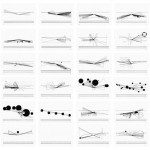
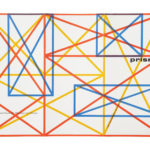
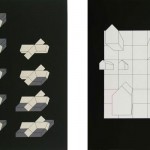
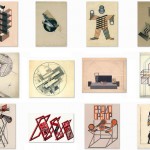
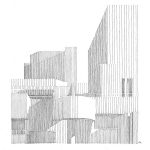
[…] Schnebels* Glossolalie im Bild und mit […]